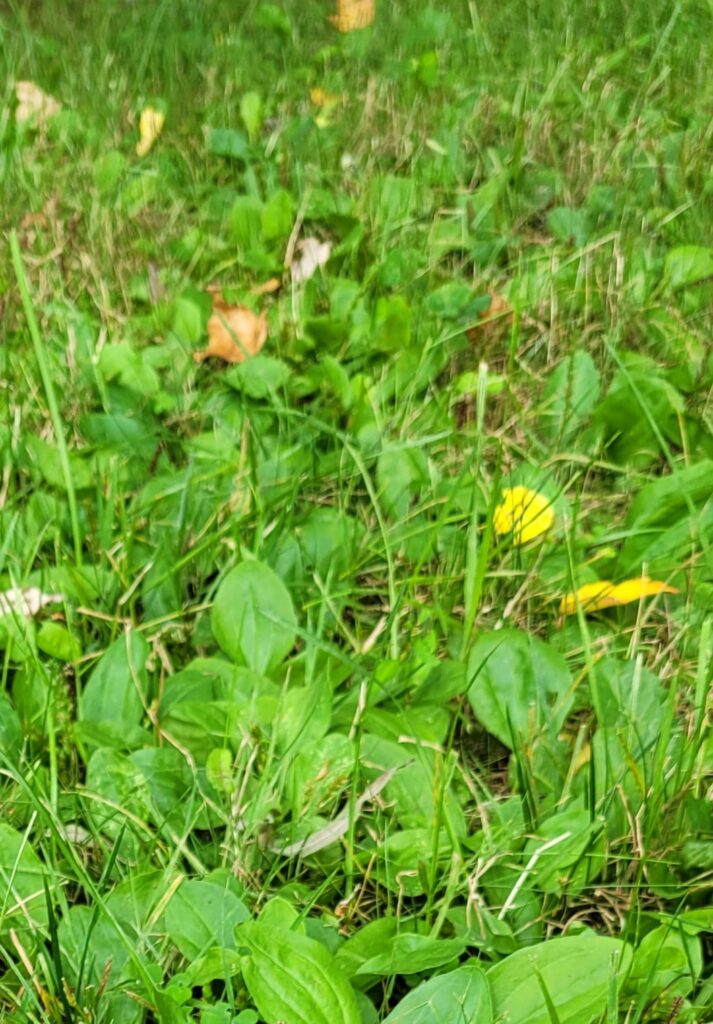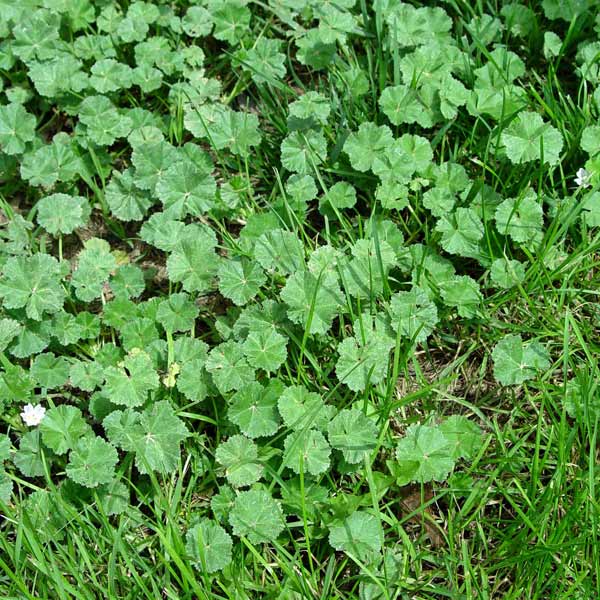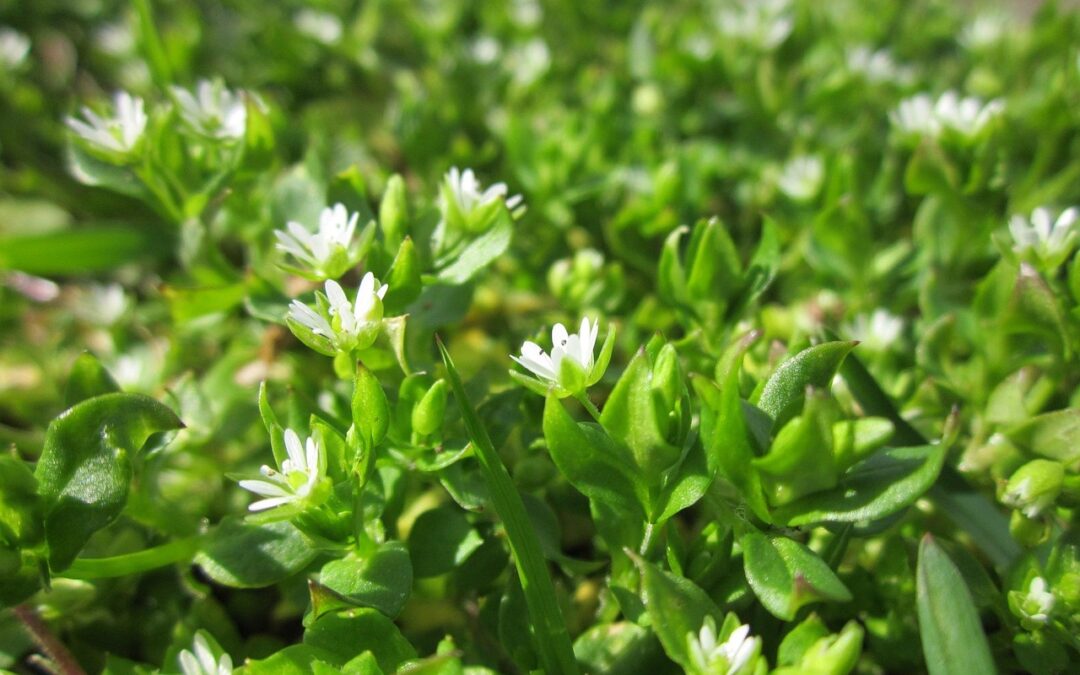By the time late summer rolls around in Northern Maine, many homeowners think the battle against weeds is over. But the truth is, some of the toughest lawn invaders are just hitting their stride in August and September. These weeds thrive as cooler nights return, and if left unchecked, they’ll scatter seeds that ensure an even bigger problem next spring. The good news? With timely late-season weed control, you can stop these pests in their tracks and give your lawn a head start toward a greener, healthier season ahead.
Common Late-Summer and Fall Weeds in Northern Maine

Several broadleaf weeds are notorious for showing up strong this time of year:
- Dandelions: While they pop up in spring, dandelions also produce a flush of growth in fall. Their deep taproots allow them to survive cold winters, and fall is when they prepare for next year’s invasion.
- Plantain (broadleaf and buckhorn): Flat rosettes of tough, oval leaves sit close to the ground and can easily survive mowing. By fall, they’re producing seeds that will litter your lawn.
- Chickweed: Preferring cooler weather, chickweed often shows up in late summer and fall, forming dense mats that choke out turf.
- Clover: White clover thrives when lawns thin out from summer stress, taking advantage of open soil and declining turf competition.
- Creeping Charlie (ground ivy): This aggressive perennial spreads rapidly with runners, creating carpets of invasive growth that are difficult to stop once established. (pictured below).
These weeds all share one thing in common: if they’re allowed to go to seed, you’ll be dealing with thousands of new plants next spring.
Why Fall Weed Control Matters
Fall is actually one of the best times to target weeds in Northern Maine. Unlike the heat of midsummer, when many weeds are focused on survival, weeds in late summer and fall are actively storing energy in their roots. Applying weed control products at this stage allows control products to move deep into the root system, providing longer-lasting control and reducing regrowth.
Even cultural approaches, like hand-pulling or mowing before seedheads form, are more effective now than in midsummer. The idea is simple: stop weeds from spreading their seed load, and you dramatically reduce the number of invaders your lawn faces next spring.

Best Practices for Late-Season Weed Control
There are two main approaches to tackling late-season weeds:
1. Timely Herbicide Applications
Selective control products designed for broadleaf weeds are most effective when applied in late August through September. At this stage, weeds are still actively growing but are also channeling nutrients—and control products—into their roots for winter storage. This ensures deeper, more effective kill. Spot treatments are often enough for scattered weeds, while blanket applications may be needed for lawns heavily infested with clover, chickweed, or creeping Charlie.
2. Cultural Lawn Care Practices
Healthy turf is the best defense against weeds. Here are a few cultural strategies to strengthen your lawn and limit weed competition:
- Mow correctly: Keep grass height at 3–4 inches. Taller turf shades the soil, making it harder for weed seeds to germinate.
- Overseed in fall: Filling in thin or bare areas with new grass reduces open soil space where weeds can establish.
- Fertilize appropriately: A well-fed lawn thickens up before winter, crowding out weeds naturally. A late-season, high-potassium fertilizer can strengthen turf heading into colder weather.
- Water wisely: Deep, infrequent watering promotes stronger grass roots that compete better against weeds.
The Payoff: A Cleaner Lawn Next Spring
Late-season weed control isn’t just about making your lawn look better today—it’s an investment in next year’s lawn. By stopping weeds from setting seed now, you’re reducing the weed bank in your soil and giving grass the upper hand when spring returns. Pairing weed control with fall fertilization and overseeding creates the perfect recipe for a dense, green lawn that resists weeds naturally.
At Northern Turf, we understand the timing and techniques needed to tackle tough, late-season weeds in Northern Maine. Whether your lawn is battling dandelions, clover, or creeping Charlie, our proven programs are designed to stop invaders before they spread—so you can enjoy a healthier, thicker lawn next spring.
Call Northern Turf today at 207-544-9420 to schedule your late-season weed control service and give your lawn a head start for next spring.

